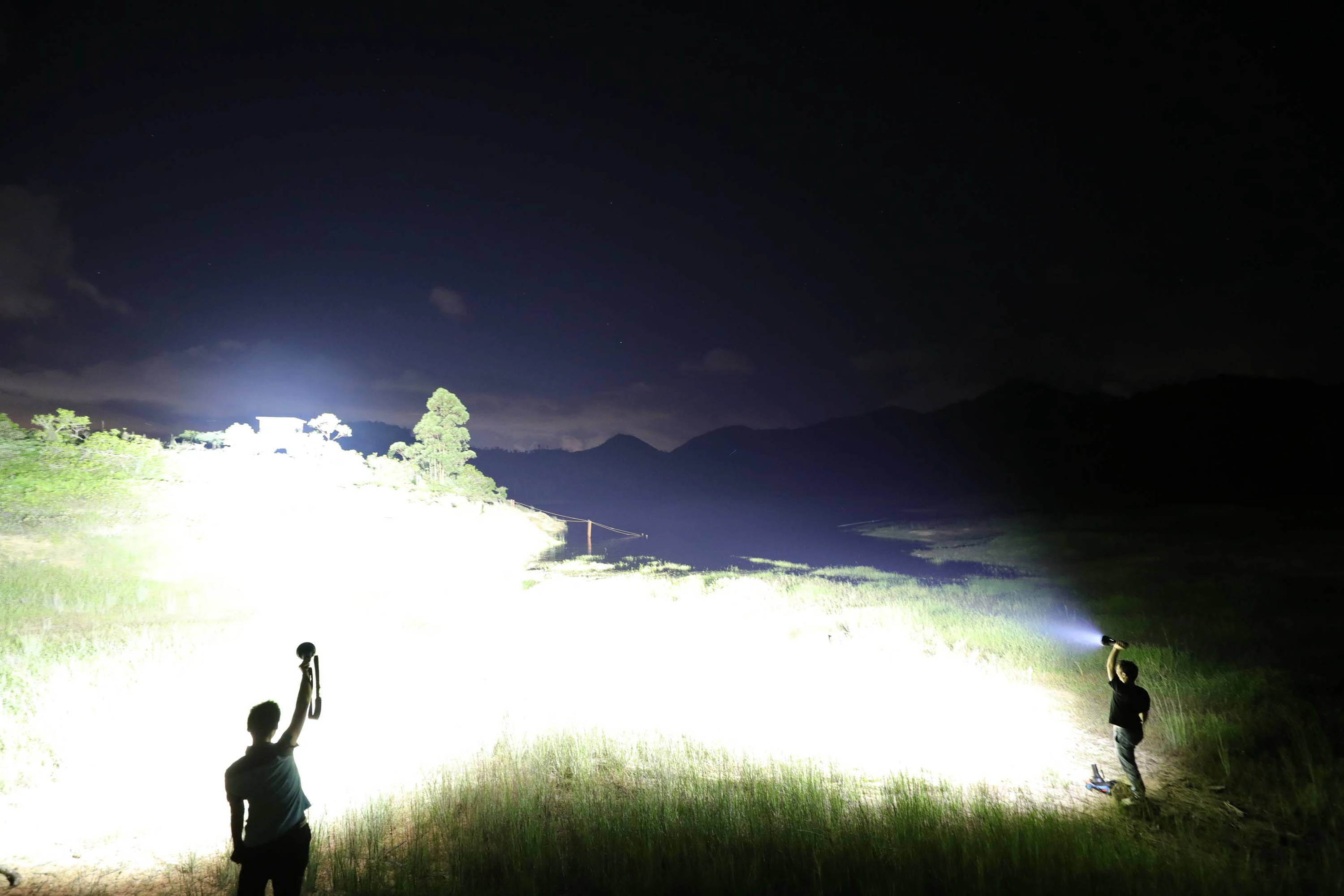No Products in the Cart
Well done guys. Everything's fine and I've got it. I'm very happy with the flashlight. All my friends are jealous.
The LD70 has a very beautiful design and an amazing amount of light for such a small flashlight. I like it very much. Only wish is for the UI to allow turning the flashlight on in its lowest brightness rather than last used, as last used may be at a high brightness.
I think a very useful and logical UI will be:
a) When off, double click to turn on flashlight in lowest brightness. When on, double click will always turn it off.
b) When on, single click to cycle thru the different brightness; hold and press for turbo;
c). When off, hold and press for turbo. Hold and press again for strobe; single click to cycle brightness
c) Triple click to show OLED status; 4 clicks to lock/unlock.
For this flashlight, I have already submitted the suggestions regarding its UI to the research and development team for discussion. I will provide you with feedback as soon as there is any result. Thank you very much for your valuable suggestions.
The only downside is that it can turn on accidentally when you put it in your pocket, so you should lock it every time by pressing the button four times.
So far so good I have only had it a few days and I guess I’m not sure exactly how it works. Am I supposed to put in the charge case after each use or just what it needs to be charged?
The item arrived on time and I’m very happy with the purchase I will keep buying from this company their products 😊


